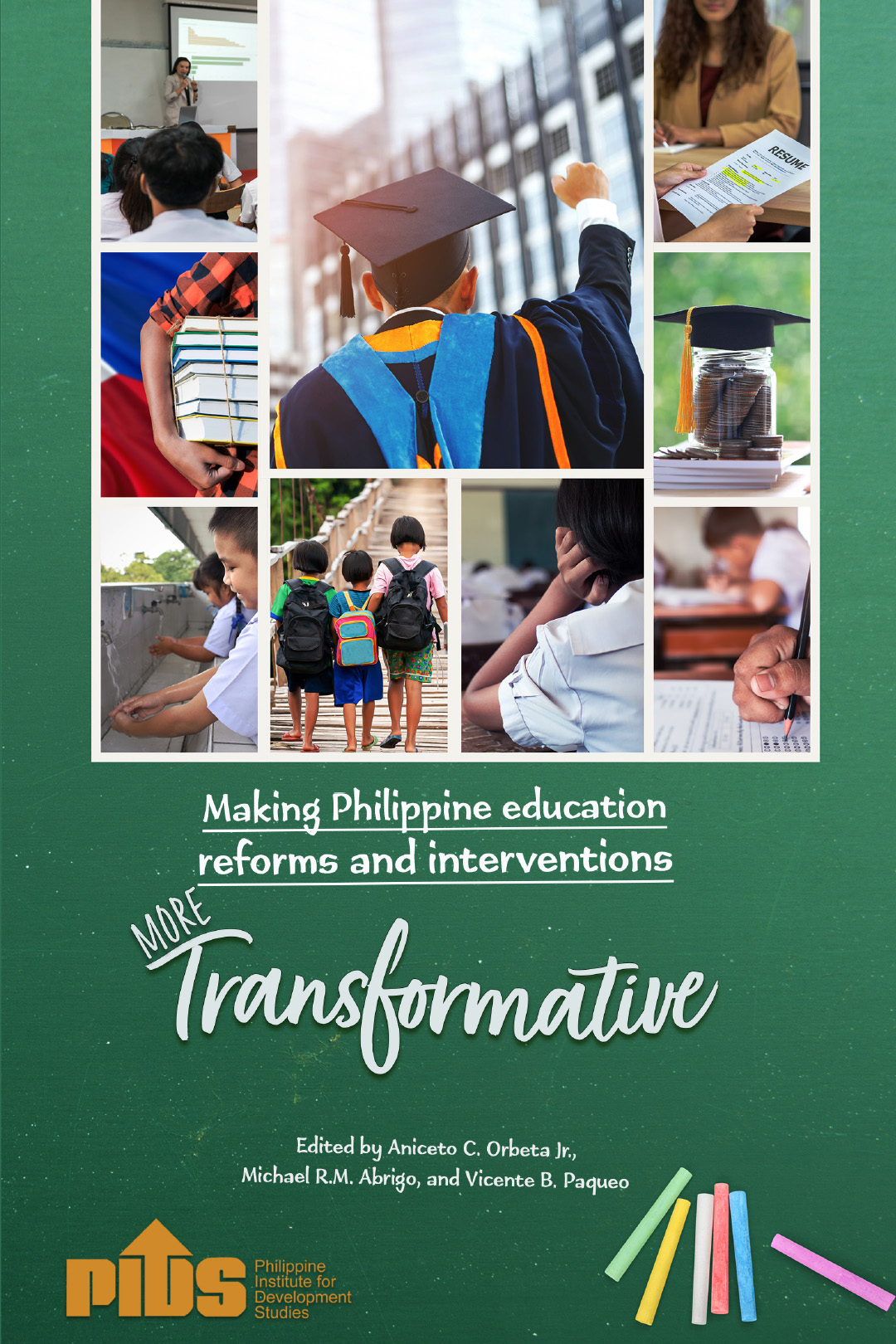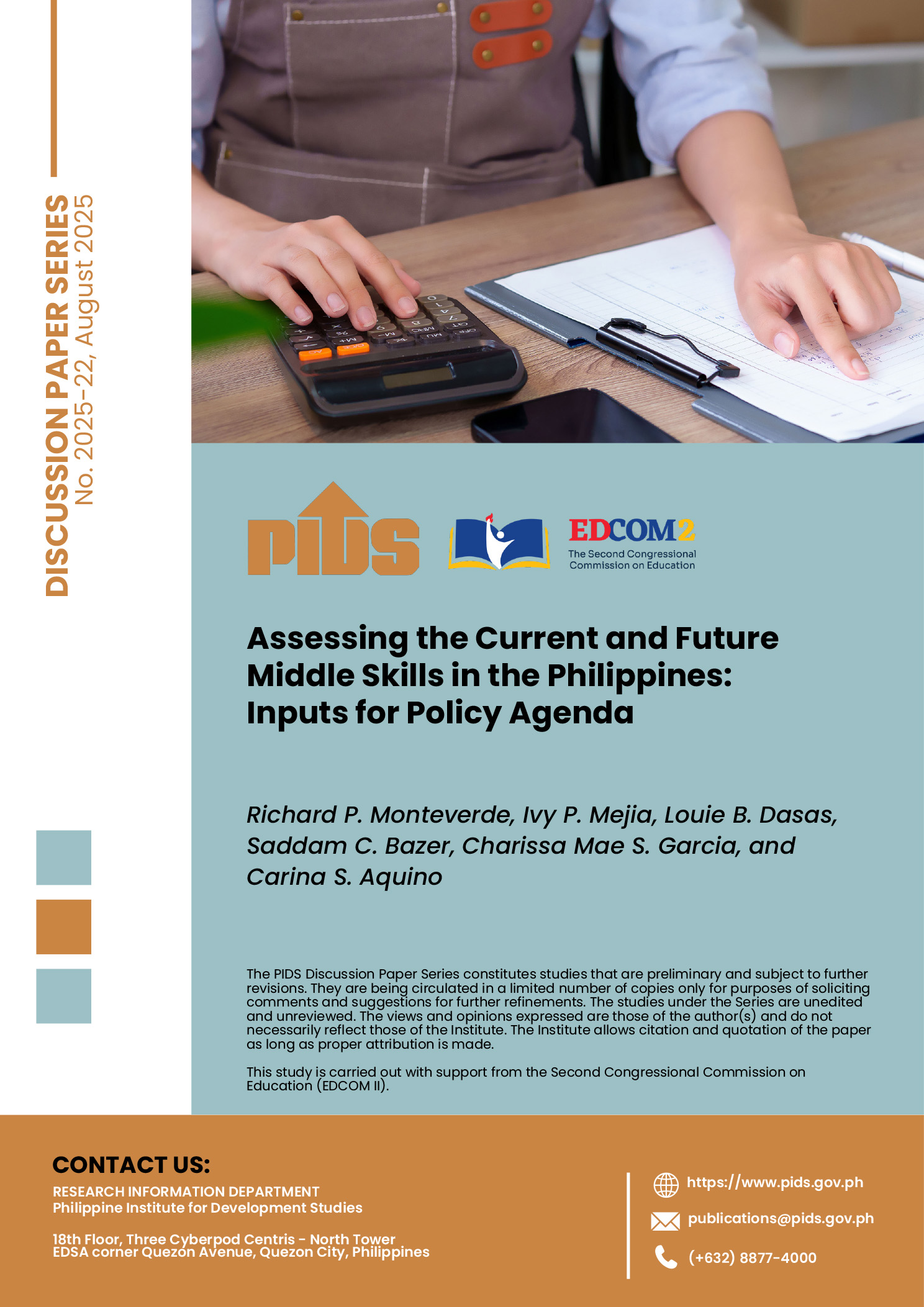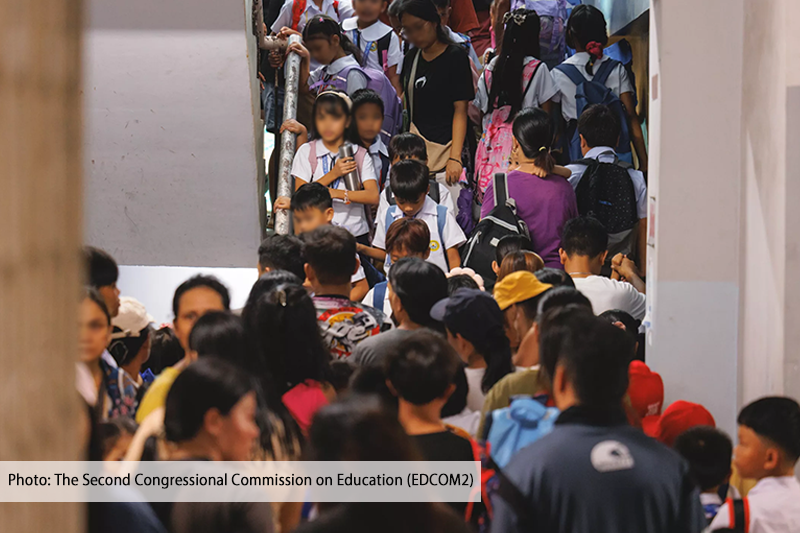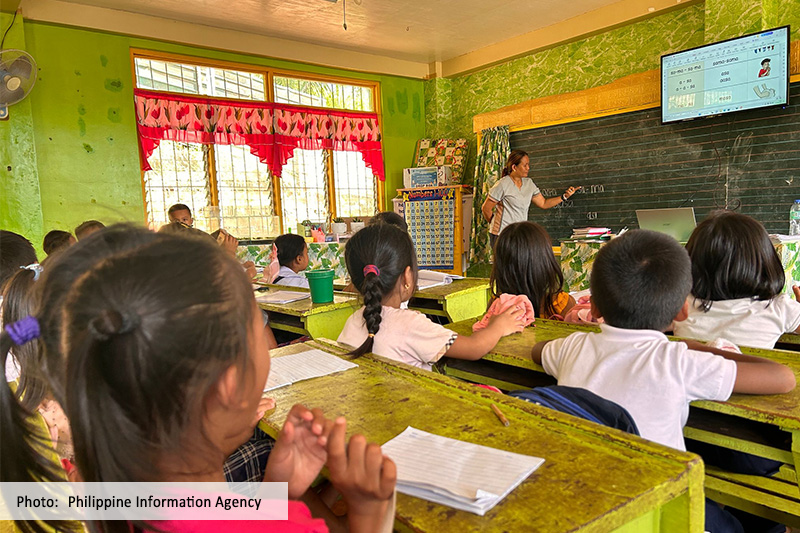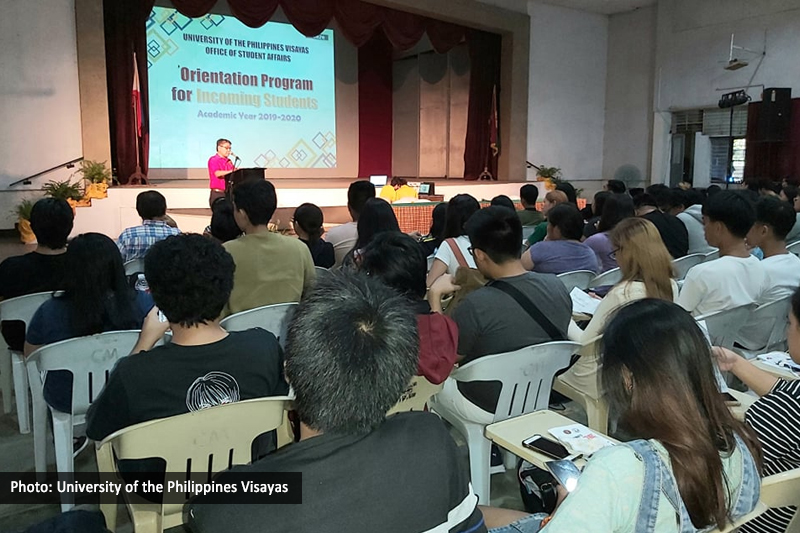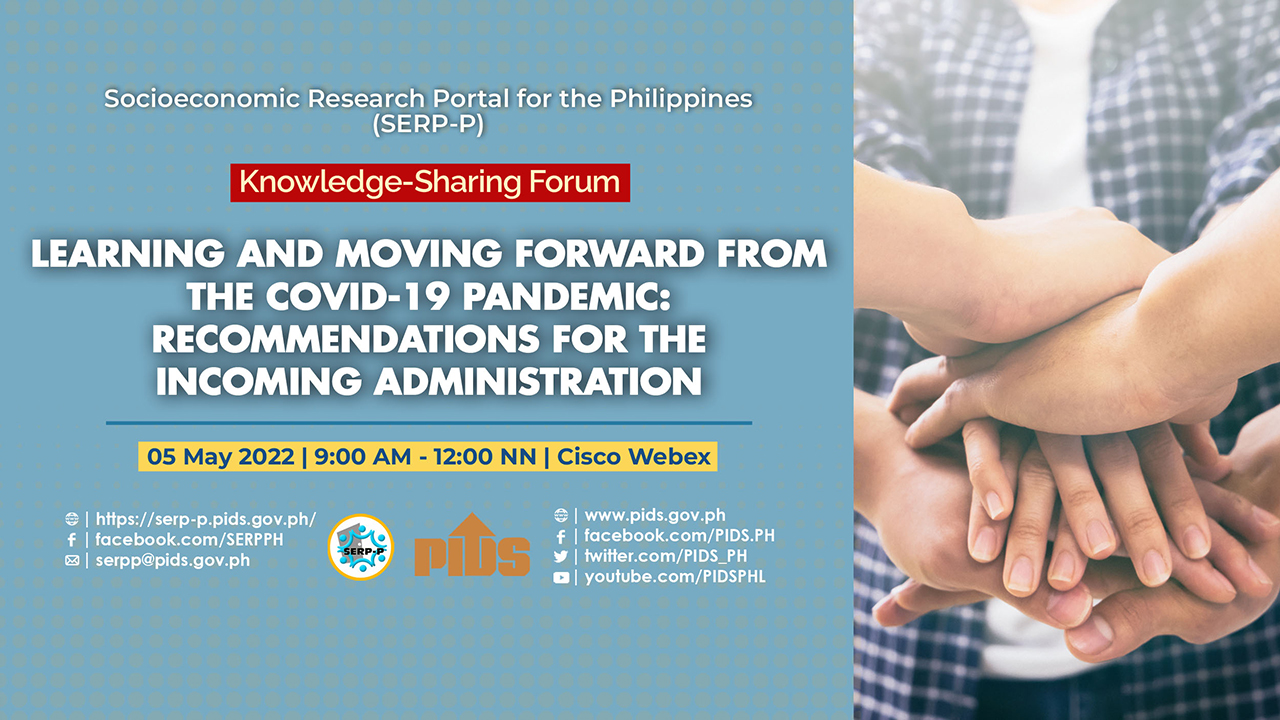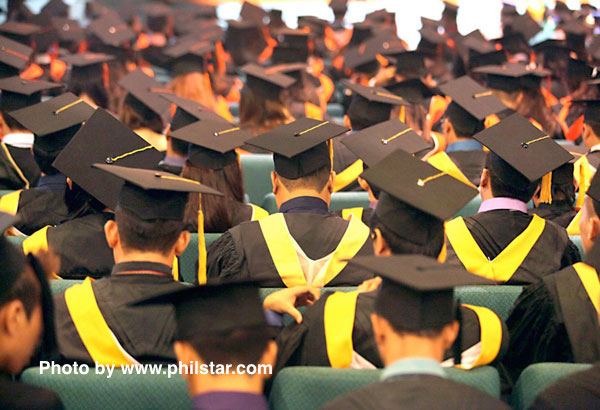
Investing in education promotes economic growth.
This was according to Nanak Kakwani, a poverty expert from the University of New South Wales, who presented his paper during a seminar held at the Philippine Institute for Development Studies recently.
Citing China’s poverty reduction strategies, Kakwani said the level of importance it gives to education, especially in the tertiary level, might have played a role in the country’s economic growth.
“The amount of money they [Chinese] are spending on higher education is amazing. If you go to their campuses you will find huge and beautiful infrastructure. They are getting a lot of benefits in higher education,” Kakwani said, adding that higher education in China is highly subsidized by the government.
The same goes for Brazil, which saw a reduction in poverty after it “expanded the education system”—a move that is “highly propoor” according to Kakwani.
In the past years, the Philippines has made attempts to improve the educational system in the country. In 2014, the government expanded the age coverage of its conditional cash transfer program, the Pantawid Pamilyang Pilipino Programto 18 years old to give poor children a better chance at finishing high school. Under the 4Ps, children who are part of the program should be enrolled in school.
In 2016, the government, under the Department of Education, fully implemented the K-12 program to make the Philippine basic education system at par with international standards as it increased the number of years for basic education to 12.
Furthermore, in 2017, President Rodrigo Duterte signed a law that provides free tuition for students of state universities and colleges (SUCs) in the country despite the opposition of some economists. (READ: Who benefits and loses from an untargeted tuition subsidy for students in SUCs?)
Likewise, Kakwani stated that government transfers are “highly propoor” and are very effective in reducing poverty.
He also suggested investing on safety net programs but warned against inefficient spending, saying that the government should be able to utilize its budget to fund other social welfare programs and make them more beneficial especially to the poor. ###
This was according to Nanak Kakwani, a poverty expert from the University of New South Wales, who presented his paper during a seminar held at the Philippine Institute for Development Studies recently.
Citing China’s poverty reduction strategies, Kakwani said the level of importance it gives to education, especially in the tertiary level, might have played a role in the country’s economic growth.
“The amount of money they [Chinese] are spending on higher education is amazing. If you go to their campuses you will find huge and beautiful infrastructure. They are getting a lot of benefits in higher education,” Kakwani said, adding that higher education in China is highly subsidized by the government.
The same goes for Brazil, which saw a reduction in poverty after it “expanded the education system”—a move that is “highly propoor” according to Kakwani.
In the past years, the Philippines has made attempts to improve the educational system in the country. In 2014, the government expanded the age coverage of its conditional cash transfer program, the Pantawid Pamilyang Pilipino Programto 18 years old to give poor children a better chance at finishing high school. Under the 4Ps, children who are part of the program should be enrolled in school.
In 2016, the government, under the Department of Education, fully implemented the K-12 program to make the Philippine basic education system at par with international standards as it increased the number of years for basic education to 12.
Furthermore, in 2017, President Rodrigo Duterte signed a law that provides free tuition for students of state universities and colleges (SUCs) in the country despite the opposition of some economists. (READ: Who benefits and loses from an untargeted tuition subsidy for students in SUCs?)
Likewise, Kakwani stated that government transfers are “highly propoor” and are very effective in reducing poverty.
He also suggested investing on safety net programs but warned against inefficient spending, saying that the government should be able to utilize its budget to fund other social welfare programs and make them more beneficial especially to the poor. ###


